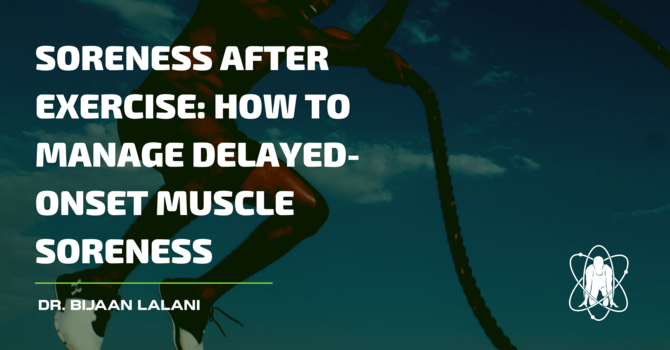
Foam rolling has become a staple in the daily routine of many active individuals, with the goal of improving flexibility, decreasing soreness, and improving performance. However, specific guidelines as to the frequency, duration, and intensity in regards to foam rolling have not yet been determined, and therefore it is difficult to know how exactly to utilize this tool effectively.
So the question remains: When should you foam roll? For how long? And why? First off, let’s address any myths about the effects of foam rolling on the body.
There is NO evidence that foam rolling:
- Breaks up scar tissue/adhesions
- Increases the length of your muscle
- Produces significant long-term changes in tissue extensibility and joint mobility
These are common misconceptions that are not supported in the current body of literature. So what does foam rolling do?
The research suggests that foam rolling:
- Activates receptors in the connective tissue and blood vessels which decrease neurological tone, and therefore temporarily reduces tension in the targeted musculature
- Elevates tissue temperature and alters the viscoelastic properties of fascia, the connective tissue that surrounds the body’s musculature, resulting in increased tissue compliance
- Produces short-lived (typically 10-20 minute) improvements in joint range of motion
- Enhances communication between the central nervous system and the targeted muscle to temporarily increase neuromuscular efficiency
- Reduces symptoms of post-exercise muscle soreness
Based on these mechanisms, when should we use the foam roller?
Pre-Workout
Using a foam roller during your warm-up can be effective in addressing any areas of inflexibility that you may have that may prevent optimal performance of any exercises in your work out. Any foam rolling should be directly targeted to your specific areas of dysfunction and should not last more than a couple of minutes. Through either a self-assessment or an assessment with your manual therapist, you should have a good idea of what movement impairments you may have and how to effectively target these with a foam roller. In addition to foam rolling, active mobility drills are essential in preparing your body for your upcoming training and producing lasting improvements in your flexibility and range of motion.
Post-Workout
During your workout, you will likely experience a significant increase in sympathetic drive. This results in increased heart rate, blood flow to your working muscles, blood pressure, and respiratory rate. In order to facilitate optimal recovery following your workout, it is important to tone down the sympathetic nervous system and allow the parasympathetic system to go to work. Slow, targeted foam rolling to the main muscles used during your workout, along with controlled breathing and light mobility drills, can help your body to come down from a sympathetic state and expedite the recovery process. It is important to understand that “more pain” is not necessarily better; this should be a time to allow your tissues and nervous system to relax, and pushing through extremely forceful and painful rolling will not help to facilitate this. Foam rolling has been shown to reduce symptoms of muscle soreness experienced a few days after exercise, better known as delayed-onset muscle soreness (DOMS). An effective foam rolling recovery routine can improve these symptoms and allow you to get into your next workout quicker and more effectively.
Rehabilitation
Foam rolling is commonly prescribed by manual therapists to help their patient’s recover from injury. However, as previously discussed, the effects of foam rolling are only temporary, and on its own, foam rolling is not the long-term solution to managing your injury. If you have been prescribed foam rolling as part of your rehabilitation program, it is likely that you have a mobility impairment or movement dysfunction that may be contributing to your issue. The combination of strength and mobility exercises, in addition to foam rolling of the affected tissues, is needed to produce a more robust and flexible joint and create a lasting change in your body.
So, to wrap it all up:
Foam rolling works mainly through neurological mechanisms to create temporary improvements in tissue compliance and range of motion. These improvements generally last 10-20 minutes and do not result in long-term gains in mobility. Foam rolling before a workout should be brief and specifically targeted to any areas of inflexibility that may impair exercise performance. After a workout, slow, targeted foam rolling for 5-15 minutes can be effective in decreasing sympathetic tone, reducing the effects of DOMS, and enhancing recovery. Foam rolling alone is not sufficient for injury rehabilitation and must be paired with adequate strengthening and mobility exercises to truly produce lasting change. Plenty of research is still needed before we can make any conclusive statements about foam rolling and its optimal dosage. An individual’s response to any self-myofascial release technique is based on many variables and may not be consistent from individual to individual. However, it is a safe and effective tool and should be used with appropriate goals in mind.
References
Cole G. The evidence behind foam rolling: a review. Sport and Olympic-Paralympic Studies Journal. 2018; 3: 194-206.




